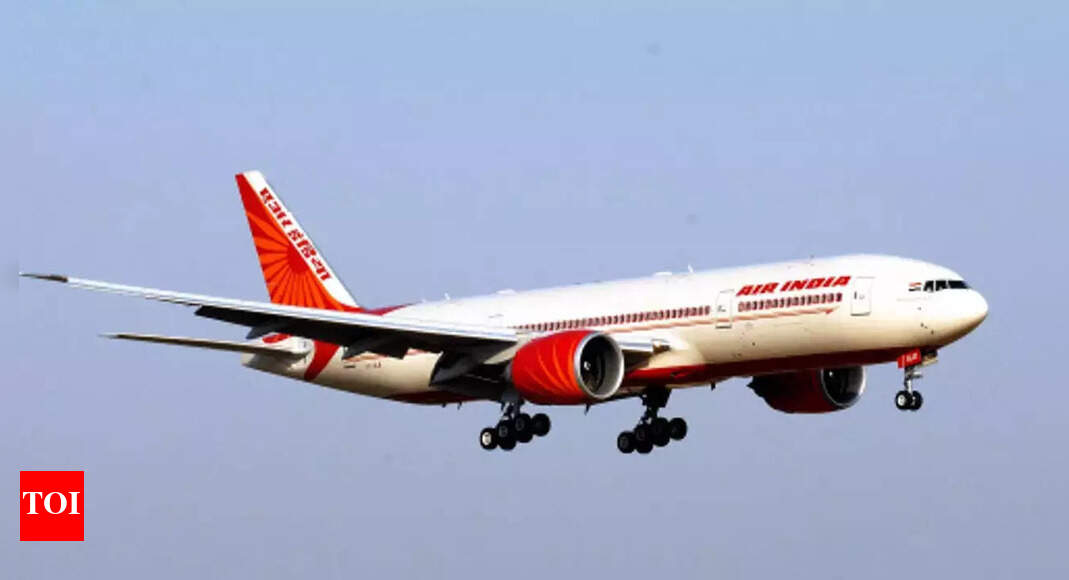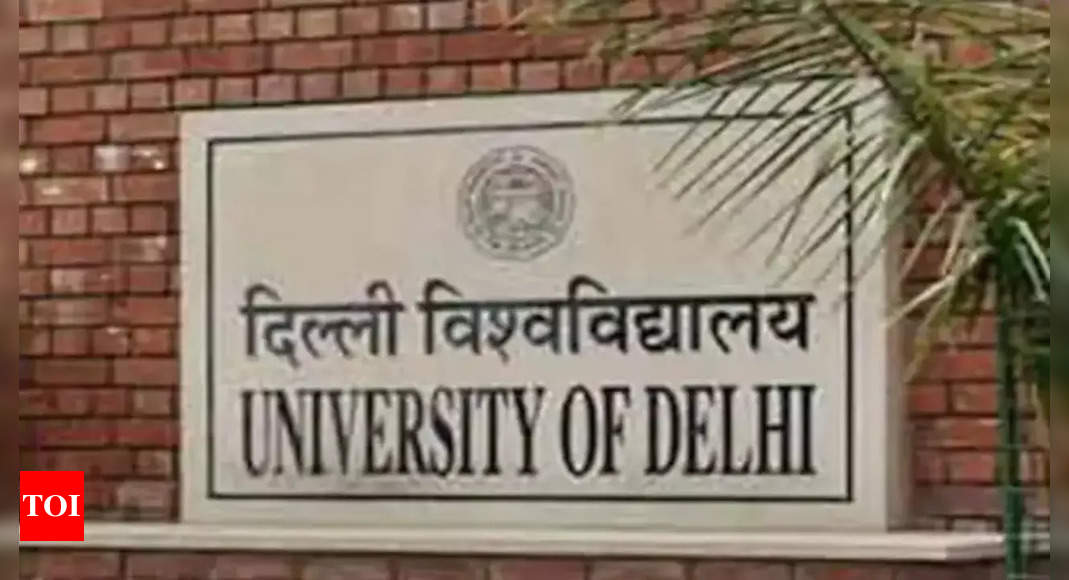New Delhi: An analysis by Delhi Pollution Control Committee (DPCC) shows that in March all 19 major drains in the city that discharge into the Yamuna have failed to meet the required standards of water cleanliness and health.
The condition of the drains has worsened since the last assessment in Jan.
The DPCC evaluation focused on measuring total suspended solids (TSS), biochemical oxygen demand (BOD), and chemical oxygen demand (COD). The assessment excluded industrial pollutants, including oil and grease, heavy metals and faecal levels.
Total suspended solids (TSS) indicate the volume of floating or undissolved pollutants. Chemical oxygen demand (COD) shows the capacity of the water to deal with chemical presence and is an indication of industrial byproducts in the water, and biochemical oxygen demand (BOD) is the water’s capacity to heal itself of organic waste.
The survey shows that in the Najafgarh drain, the TSS was 118 mg/l in March against 92 in Jan, the COD was 267 mg/l in March against 195 mg/l two months before, and BOD was 96 mg/l against 64 mg/l in Jan.
In the Sonia Vihar drain, TSS, COD and BOD levels in March were 470, 327 and 124 mg/l, respectively, against 100, 210 and 73 mg/l in Jan. At the Maharani Bagh drain, TSS, COD and BOD in March were 201, 262, and 108 mg/l against 112, 230, and 90 mg/l in Jan.
In the Jaitpur drain, the levels of TSS, COD, and BOD in March were 150, 332, and 120 mg/l against 82, 200, and 67 mg/l a couple of months earlier. In the Tughlaqabad drain, the TSS, COD and BOD levels were 250, 213, and 70 mg/l against 96, 190, and 60 mg/l in Jan.
In the Shahdara drain, the TSS, COD and BOD levels in March were 172, 342 and 112 mg/l against 120, 360 and 127 mg/l in Jan. In the Sahibabad drain, the levels were 228, 604, and 185 mg/l against 104, 320 and 117 mg/l in Jan.
The TSS must not exceed 100 mg/l, COD must not exceed 250 mg/l, and BOD must not exceed 30 mg/l.
Officials pointed out that the drains were not supposed to carry effluents or treated water as these are stormwater drains.
“These drains… must carry rainwater. The treated waste should be recycled and reused for irrigation, horticulture, industrial and construction work…. The issue is that the wastewater being treated by Delhi Jal Board is not of that quality, so private industries don’t use it in construction because of the poor quality,” a DJB official said on the condition of anonymity.
“High effluent levels in the drains simply mean that work has not been done. The contractors assigned to treat the wastewater are not working properly. It is something to be looked into,” an official said.











